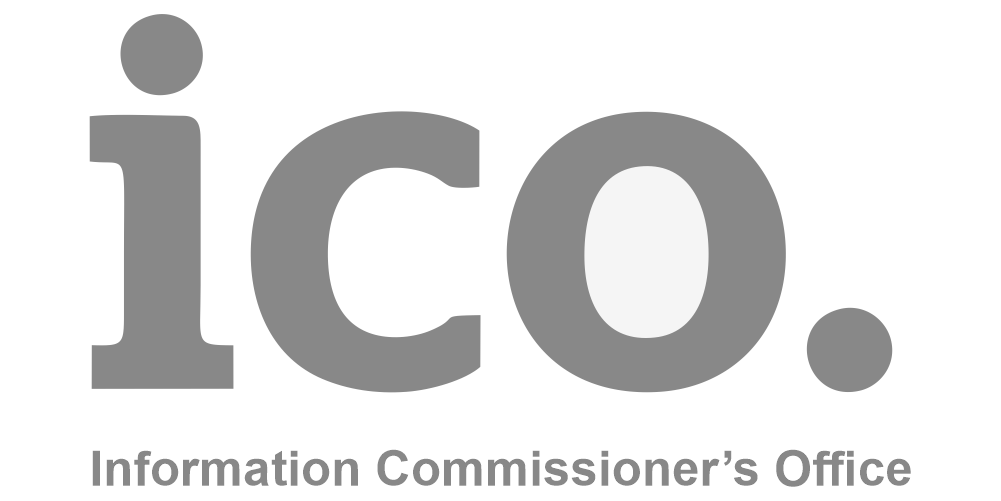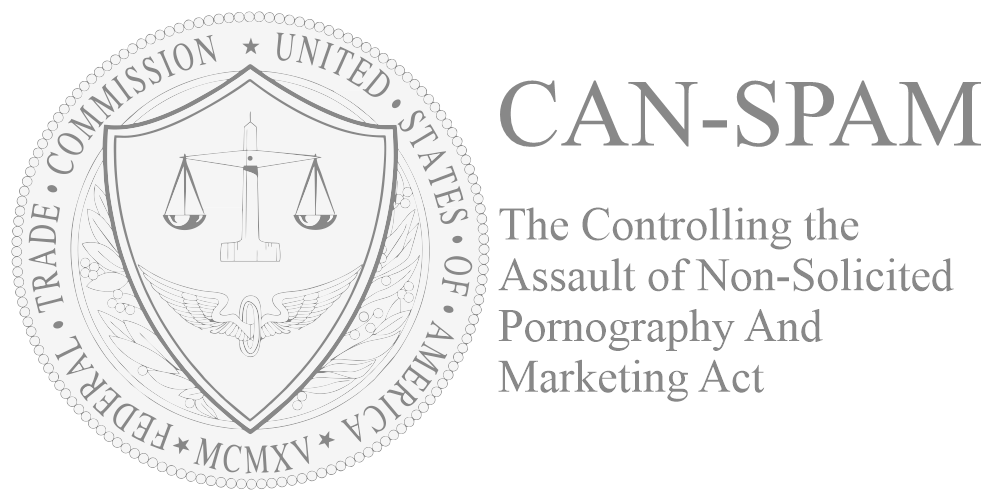If you chose email marketing as an unbeatable way to introduce your product or service to your potential buyers, or you have at least considered that, then this text is something that you would like to read. You know who is your targeted group, the different social platforms can quickly provide you with the necessary contacts, and you come to a point when you need to approach that person who decides whether to buy from you.
Most of the time, we don’t have to sweat over drafting an email. Instead, it’s OK to dash off a few lines and hit the send button. But some emails, like for your potential client, require careful crafting. It would help if you sound smart, provide relevant information, and persuade the recipient to pay attention and engage in your recommendation or request. What will you write? How are you going to start? Are you going to be strictly professional or maybe use light humor? How many sentences mean that your email is too long? Or too short? You have a lot to say about your product/service, but you must keep it shorter?
I believe that most of you have already faced these issues, so in order to help all of you out there, we have prepared a short article with instructions on how to write an extremely engaging email copy that will intrigue your prospects and prevent them from putting it directly into the trash box.
- Determine your intent.
Before you begin writing, you must ask yourself one thing: What am I trying to accomplish? First, you have to be clear and concise. Next, define the purpose of the entire communication you are initiating with your email and set that purpose as your own goal.
Follow these steps to help you with the determination:
- Summarize the purpose of your communication and try to extract one sentence that strongly defines your goal.
- Extract and use that sentence to keep you focused and right on track throughout the writing process.
- Only include information to support your objective and explain it further. Otherwise, it’s probably not necessary to mention.
- Understand your audience.
While writing the email, change the point of view. Instead of the seller’s perspective, just for a minute, approach your email from the audience’s perspective. Put yourself in their shoes.
- Consider how much knowledge they have of the industry where your product belongs.
- Assume the recipient’s beliefs, attitudes, values, and learning about the subject before you begin writing.
- Address their troubles and appeals.
- Create a compelling subject line and body headline.
Carefully chose the subject line. That line is your very first contact with your customer. From then, many things depend on the words that you will choose for a subject line because those are the words that will represent you. The subject line tells the recipient exactly what the rest of the email is about, influencing whether or not the reader keeps reading. Marketers often make the subject line a bit provocative, then create a headline for the beginning of the email that provides more information. The headline must be equivalent to your email copy and, when clicked on it, smoothly finishes the story that initially begins with the subject line and the headline.
- Apply the “Inverted Pyramid” method.
It is a technique used by journalists, according to which you should present the essential information first, followed by increasingly less critical content.
- Instantly answer four critical questions for the reader: who, what, where, and when. Imagine you go to someone’s home uninvited. He expects to explain who you are, what you do, where you found that person’s address, and why you are looking for him. Be short. Be concise. Readers don’t waste a lot of time on the unknowns.
- Avoid introductions that provide background openings and unnecessary wordings; instead, get right to the point.
- Explain your product or service and how it is relevant to them.
- Furthermore, notify them about the benefits they will have from buying from you.
- Use subheads to reinforce your message.
Subheads are words or short phrases that help group paragraphs together and introduce new pieces of information. They also visually break up large amounts of text, allowing your reader to digest information.
- Write to the actual person.
First of all, adequately greet your decision-maker, using his name correctly written. Then, use “you” and a conversational tone. The best way to engage readers is to emphasize what’s in it for them.
- Eliminate jargon and unnecessary words.
Avoid buzzwords, jargon, and corporate speak. Instead, write in a clear and conversational tone. Depending on your targeted decision-maker, you can adapt the style to be more or less professional, but in both cases, your message should sound like you were writing it while traveling on the train to go to the office. In addition, it must be easily understandable, so a 10-year-old kid will know what you are saying. Or maybe your grandma.
- Sidestep the spammy words.
Spam trigger words are phrases that email providers flag as fraudulent and malicious. When they recognize these emails, they route them away from recipients’ inboxes. Unfortunately, these words and phrases typically overpromise a positive outcome and are too cunning.
Here are a few groups and examples of spammy words
- Manipulative: creating unnecessary urgency or pressure (Access now, Act immediately, Limited time);
- Needy: sounding desperate or exaggerated claims (500% off, Fantastic deal, best price);
- Sleazy: being too pushy (Cutie, Steamy);
- Cheap: no pre-qualifications; everybody wins (Congratulations, Card accepted);
- Far-fetched: statements that are too good to be true (At no cost, Free money, Earn cash);
- Shady: ethically or legally questionable behavior (Celebrity, Casino, This isn’t spam);
- Use the active voice.
Verbs are the most substantial parts of speech because they can make your writing robust and lively. The most effective verbs are active rather than passive:
- Passive: “Orders were submitted on time.”
- Active: “Our team submitted orders on time.
- Use Call-To-Action.
Offer your potential buyer an opportunity for further explanation by sending a deck of case studies, surveys, documents showing actual values, a demo, etc. Finally, and the most important of all, try to sell your next move over a meeting. Show your openness and availability and invite him over for a short discussion.
- Proper signature.
Don’t forget to close your email correctly. Farewell to your prospect. Then, continuously add more information about you: credentials, job title, and name of the company you represent. It is helpful to add a link or your website. This way, your decision-maker can explore your product or service further and can quickly bring the decision on whether or not he would like to proceed with additional actions.
- Rejection button.
Experiences show that it is a wise idea to create an easy way how prospects can let you know that they are not interested in your offer. We live in a dynamic world, where people value their time and don’t want to waste it replying to emails that are not fruitful to them. And you as well don’t want to spend your time in a place where you are not welcomed. So reason more to allow them to let you know that you are not on the same page with a single click.
- Unique messages.
You must be detailed and very creative when it comes to email copywriting. Play with words, synonyms, phrases, and sentences, do what you must do, and create as many variations as possible. Pay particular attention when targeting two or more people from the same company. They must always receive unique messages. It isn’t delightful to send the exact email template to coworkers in the same company that might be sitting in the same office or talking about identical email messages over lunch. Be more than that. Show that you are inventive, professional, devoted, and detail-oriented.
- Double-check.
When done, don’t forget to read your content carefully. Double-check your spelling, grammar, wording, and style. Be your criticist. Embrace your mistakes and improve. Your confidence will rise with every written email, and soon you’ll get into the routine.
These are just the basic steps to help write engaging emails that can help you sell your product or service. The length and the wordings depend on your targeted audience’s industry and the job titles, same as the type of product and service you are offering.
If you decide to write your emails in-house, we hope this article can be a helpful guide. But in case this is too overwhelming, and you have no time to commit to this task, you can always ask for support. bSpec’s team will be delighted to help you write engaging emails. Equipped with internally created high-tech tools and software applications, our educated professionals can cover many of these aspects, from email copywriting to active campaign management.







